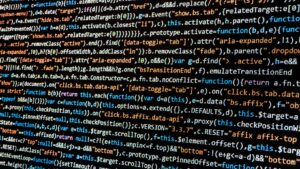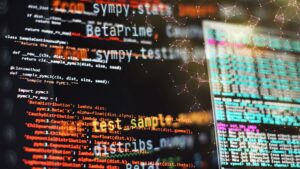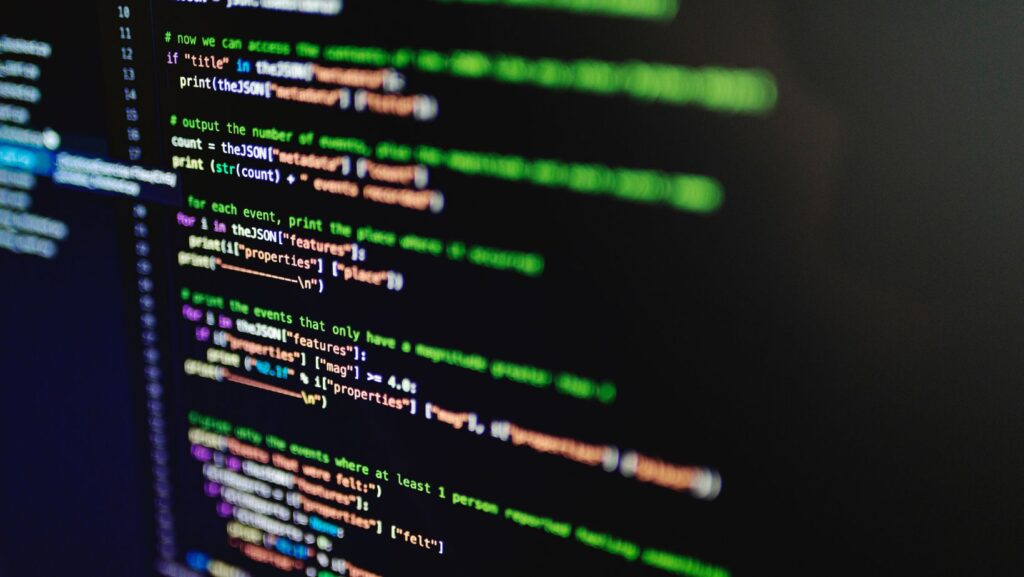In the ever-evolving world of programming, Go language, often referred to as “GoLang,” has emerged as a powerful contender. It’s a statically-typed, compiled language known for its simplicity, efficiency, and strong support for concurrent programming. One of its key aspects, Go codes, are now a hot topic among developers worldwide.
Understanding Go codes is like unlocking a new level in a video game—it opens up a world of possibilities. It’s not just about writing code; it’s about writing efficient, reliable, and easily maintainable code.
In the following sections, we’ll delve into the intricacies of Go codes, exploring their unique features, benefits, and how they’re revolutionizing the coding landscape. Whether you’re a seasoned programmer or a novice, there’s something to learn and apply in your coding journey.
Go Codes
How Go Codes Work in Emergency Response
Capitalizing on its inherent qualities of simplicity and efficiency, Go codes find exceptional application in the realm of emergency response. Precise programming forms the  backbone of any emergency response system, and here, Go codes play a pivotal role. They expertly orchestrate intricate procedures, from data input to final response dispatch.
backbone of any emergency response system, and here, Go codes play a pivotal role. They expertly orchestrate intricate procedures, from data input to final response dispatch.
Emergency response demands a system capable of managing high concurrency, rapidly processing data from various input sources, typically, distress signals from diverse locations. Go’s in-built mechanisms, like goroutines and channels, provide this attribute, handling multiple tasks with simplicity, speed, and efficiency. An example of this includes coordinating responses to two different emergencies simultaneously, such as an urban fire and a natural disaster event in the countryside.
Additionally, in parsing and analyzing the incoming data effectively, Go codes enhance response times. They power real-time, efficient decision-making algorithms that quickly dispatch the appropriate response teams. Let’s say an example: a cardiac arrest call comes in, within seconds, a Go-powered system determines the nearest available medical team and dispatches them, potentially saving the patient’s life.
In essence, the core efficiencies of Go codes provide an indispensable backbone to modern and effective emergency response systems. From processing vast, concurrent signals to triggering well-timed dispatches, Go codes enable quicker, more reliable emergency response management.
The Importance of Go Codes
Enhancing Communication Clarity
Go codes, harnessed in emergency response systems, play a significant role in improving communication clarity. They bring about a prevalent standardization in communication, reducing the likelihood of misinterpretations and mistakes. For instance, in dispatch systems, go codes, harnessed through GoLang’s efficient asynchronous capabilities, streamline communication processes. They offer a better coordination platform, ensuring that the team members are on the same page, avoiding potential communication gaps.
Time-Saving Aspects During Crises
One of Go codes integral advantages lies in their ability to foster time-efficiency, particularly during emergencies. By simplifying complex tasks into smaller “goroutines,” Go codes demonstrate an uncanny propensity to handle multiple tasks simultaneously. It’s an aspect that underlines their significance in quick crisis response. A real-world example of this is how dispatch systems leverage Go codes to manage different emergency alerts concurrently, thereby reducing response times. By incorporating go codes into their functionality, emergency response systems gain an extra layer of efficiency, ensuring that the response teams are dispatched promptly, saving precious time during crises.
Go codes demonstrate an uncanny propensity to handle multiple tasks simultaneously. It’s an aspect that underlines their significance in quick crisis response. A real-world example of this is how dispatch systems leverage Go codes to manage different emergency alerts concurrently, thereby reducing response times. By incorporating go codes into their functionality, emergency response systems gain an extra layer of efficiency, ensuring that the response teams are dispatched promptly, saving precious time during crises.
Implementing Go Codes in Various Sectors
Go codes have proven their worth in emergency response systems, demonstrating their ability to manage high concurrency and process data quickly. They’re not just efficient; they’re also time-savers in crisis situations, handling multiple tasks simultaneously to expedite responses. But it’s not just about speed. With Go codes, communication becomes clearer, reducing misinterpretations and enhancing decision-making. The impact of GoLang extends beyond emergency services. Its simplicity and efficiency make it a reliable choice for programmers in various sectors. As we’ve seen, Go codes have the potential to revolutionize not only how we respond to emergencies, but also how we communicate and process data in many areas of our lives.
